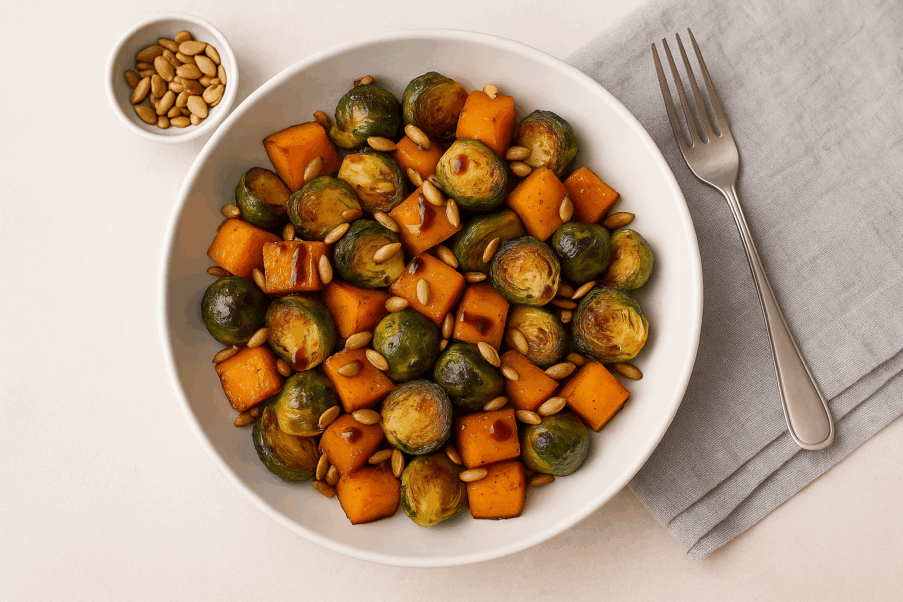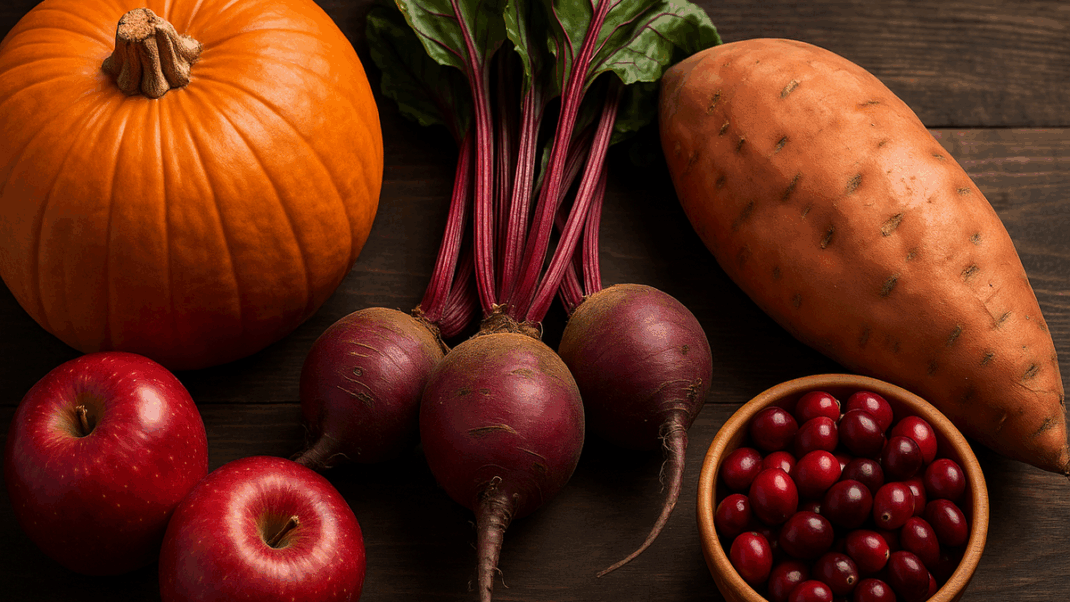Should I Sprout Beans or Seeds Before Eating Them?

Question: Is there a nutritional benefit to sprouting beans or other seeds?
Answer: While I don’t want to discourage you from eating nutritious beans and seeds that haven’t been sprouted, sprouting or germinating seeds does change their nutritional profile and make them more digestible. All kinds of seeds make delicious sprouts.
These include
- grains like whole-wheat berries, brown rice, quinoa and millet;
- legumes like peanuts, mung beans, black-eyed peas and lentils;
- small seeds like sesame seeds; and
- vegetable seeds like broccoli, kale, radish and mustard.
When seeds are hydrated with water, they begin to grow into tiny plants, and changes in the seeds alter their nutrition. Sprouting increases protein, fiber, calcium and vitamin C in legumes; decreases the carbohydrate content; and reduces anti-nutrients, including phytic acid, which interferes with mineral absorption (Devi, Kushwaha & Kumar 2015).
Sprouted beans and other legumes have lower levels of indigestible carbohydrates (oligosaccharides) and may have fewer gassy side effects (Messina 2014). Sprouted grains may also be more digestible for those with carbohydrate intolerance. Phytochemicals and antioxidants, including many phenolic compounds, are higher in germinated legumes (Khang et al. 2016).
Besides the added nutritional value, sprouts may influence biomarkers like blood lipids. A small study of people with overweight or obesity and type 2 diabetes found that eating 60 grams (about 2 ounces) of lentil sprouts daily for 8 weeks resulted in lower LDL (bad cholesterol) and higher HDL (good cholesterol)—important improvements in blood lipids (Aslani et al. 2015).
If you try sprouting at home, pay attention to food safety. Seeds should first be heated in a solution of water and peroxide and then sprouted in a clean, sanitized container. Remember that bacteria like the same warm, moist environment that sprouts like. You can purchase certified pathogen-free seeds (Suslow & Harris 2004), and you can also buy many varieties of sprouts in the supermarket.
Sprouted grains and beans can star in amazing hearty salads or co-star in green salads. They can go into everything from omelets to soups. Sprouted radish or mustard-green seeds pack a ton of flavor into a tiny sprout. Use peppery handfuls of them to take your workday sandwich to a new level.
References
Aslani, Z., et al. 2015. Lentil sprouts effect on serum lipids
of overweight and obese patients with type 2 diabetes. Health Promotion
Perspectives, 5 (3), 215–24. Devi, C.B., Kushwaha, A., & Kumar, A. 2015. Sprouting characteristics and associated
changes in nutritional composition of cowpea (Vigna unguiculata). Journal of Food Science
and Technology, 52 (10), 6821–27.
Khang, D.T., et al. 2016. Phenolic profiles and antioxidant activity of germinated legumes. Foods, 5 (2), 27.
Messina, V. 2014. Nutritional and health benefits of dried beans. American Journal of Clinical Nutrition, 100, 437S–42S.
Suslow, T.V., & Harris, L.J. 2004. Growing seed sprouts at home. U.C. Davis, Division of Agriculture and Natural Resources. Publication 8151. Accessed Sept. 28, 2017:
anrcatalog.ucanr.edu/pdf/8151.pdf.
Sanna Delmonico, MS, RDS, CHES
"Sanna Delmonico, MS, RDN, CHE, is an associate professor at the Culinary Institute of America where she teaches food safety and nutrition. She previously led programming for the CIA Healthy Kids Collaborative and the CIA-Harvard Healthy Kitchens, Healthy Lives Continuing Medical Education Conference. Prior to joining the CIA, she was an instructor at Santa Rosa Junior College where she co-coordinated the dietetic technician program. Sanna develops delicious, seasonal recipes and writes about food and nutrition for publications, including IDEA Fitness Journal. She lives in Napa, California, and is a home winemaker."





